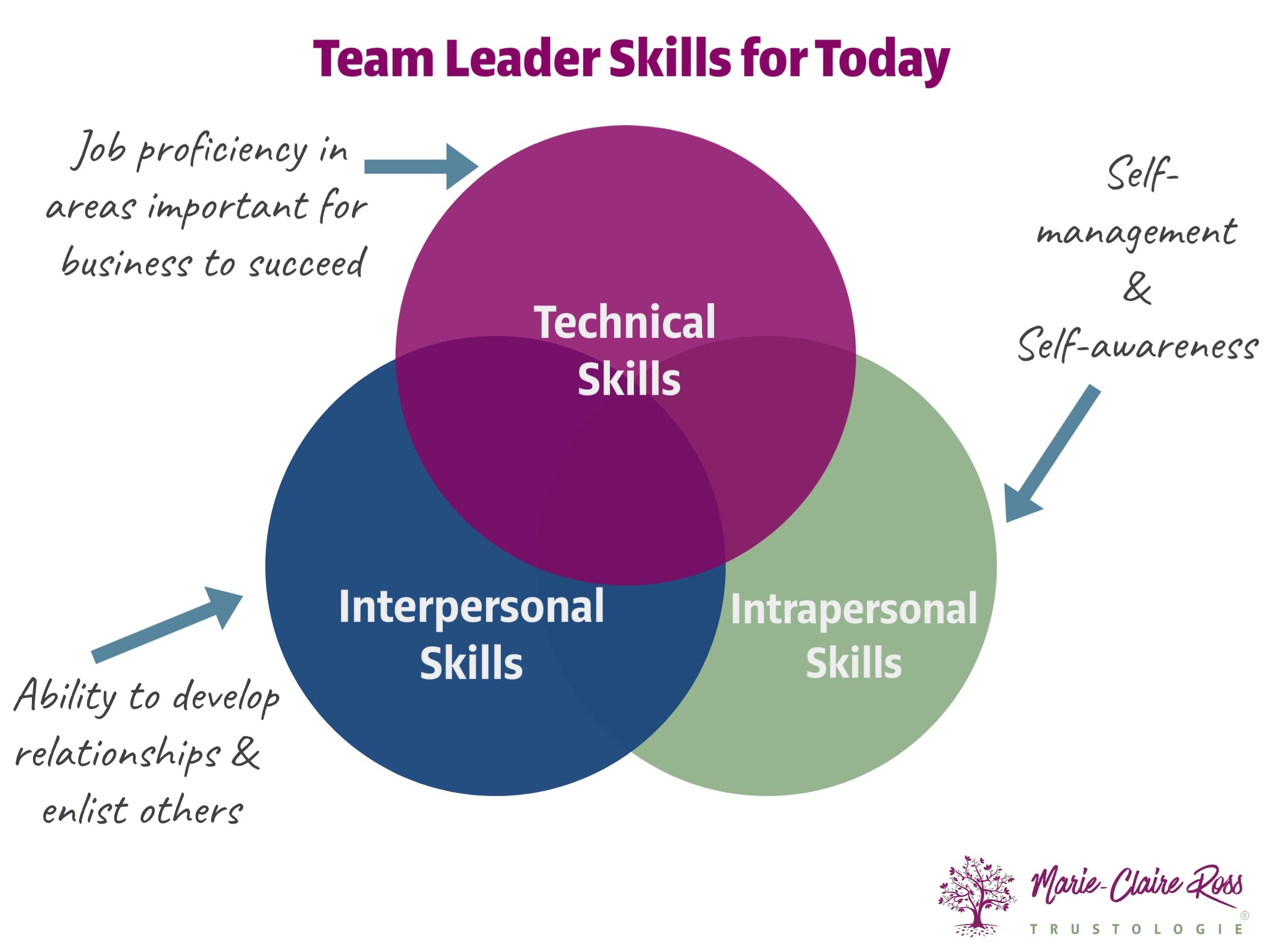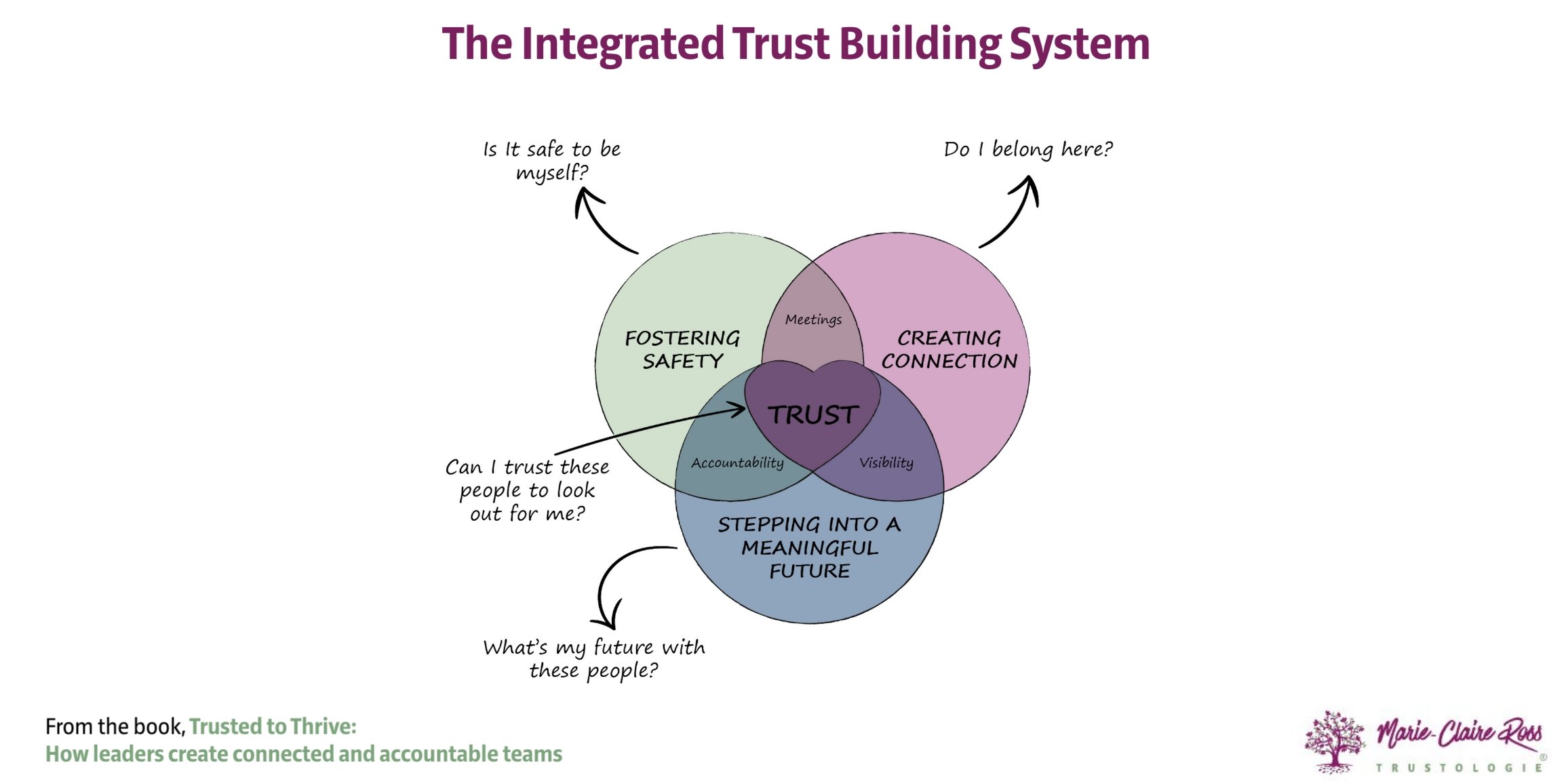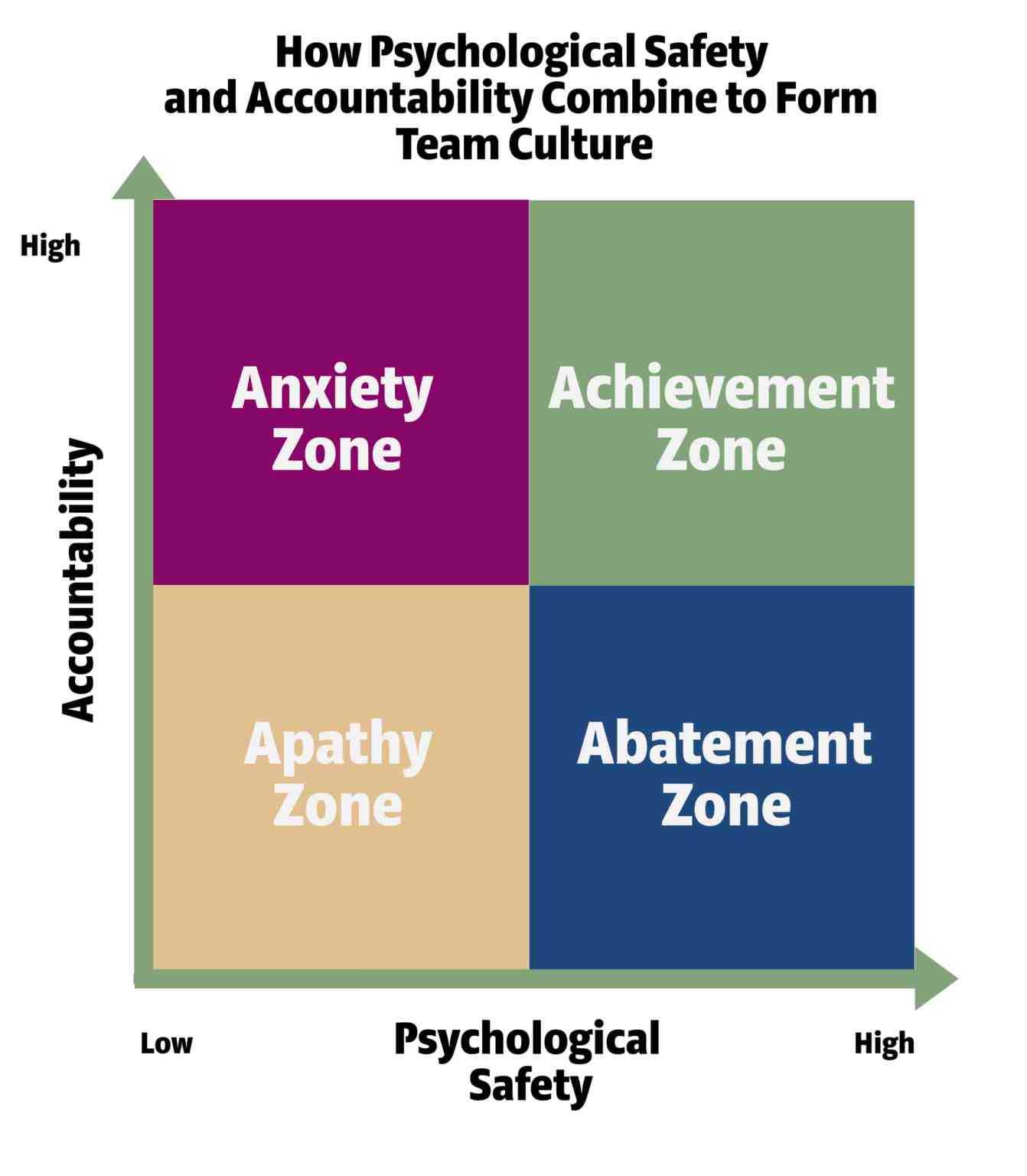
Do you want to be a more authentic leader? Here's how.

Access leadership and trust building communication tips to help you improve team productivity and safety.


The pandemic has upended how we work and inspired us to reconsider our lives, as well as our workplace practices and norms.

A study by Cornell University and Green Peak Partners wanted to uncover why 72 high performing CEOs running companies from $5 million to $50 billion were doing so well.
.jpg)
Teams are where great work gets done.

Have you ever heard about the surprisingly positive influence teachers have on students when they hold high expectations for their academic abilities?

Teams are like the equivalent of multiple engine rooms on a ship. They are where all the cooperative components of work come together to get work done, in order to power the organisation. Great teams comprise a range of people with diverse skills who learn, solve problems, innovate and execute the strategy together.

One of the big issues that has percolated to the top of most leader's wish lists is how to keep good people. They worry about what they need to do to encourage their high performers to stay and at the same time, improve the performance of low performers.

One of the issues with teams being in what I call, the Anxiety Zone, is while they can be great at getting things done to a high standard, there can be a big cost. And that is stress and anxiety that leads to burnout.

100.png)
Trust and leadership are inextricably linked. In both good and bad times, employees subconsciously evaluate their leaders to see that they are worthy of their trust.